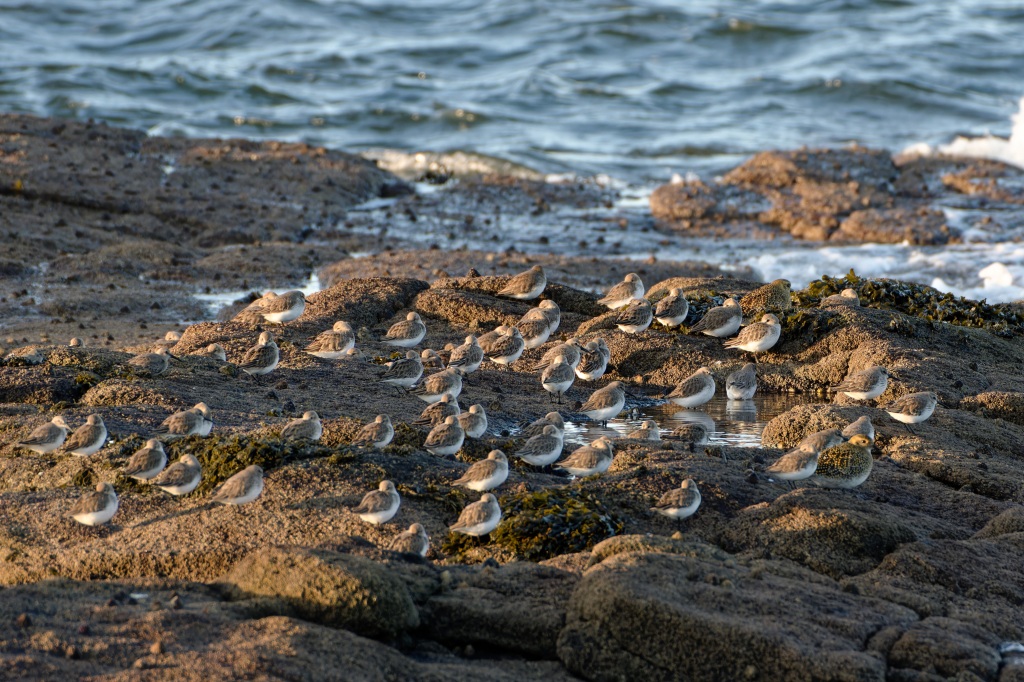
As in the Red Kite post, all today’s images come from a single location – Troon, in Ayrshire. Backwoodsman has seen Dunlin elsewhere on our coastline but Troon has been the most reliable place for a sighting, and has offered the best vantage points. The key feature is represented well in this rather desolate image; given the complete absence of light, Backwoodsman wonders why anyone would bother to capture this image, never mind post it on Flickr. In any case, Backwoodsman would definitely have moved the chair.
The key feature is the sea wall – it’s great cover. You can go behind it, or you can lie on top of it and try to blend in a bit. The locals will look at you like you’re mad but whatever. If the waves have cast some fresh weed high up the shore, there will be food and cover for the Turnstones, Redshanks, Curlew and Dunlin and they’ll come right up the beach as the tide turns and follow the surf line down. Timing is important. Get it right and you can be right on top of them and they’ll be too busy to notice. And there won’t be dogs harassing them because the dogs are all on the sand further south going doolally.
Backwoodsman took the train to Barassie on Saturday, the twenty-fifth of November, and set off for Troon along the beach at high tide. The light was superb and Barassie Rocks and the sky above them were busy with birds; Oystercatchers, Turnstones and another species obliged Backwoodsman with some images (the “other species” will form the subject of a subsequent post).

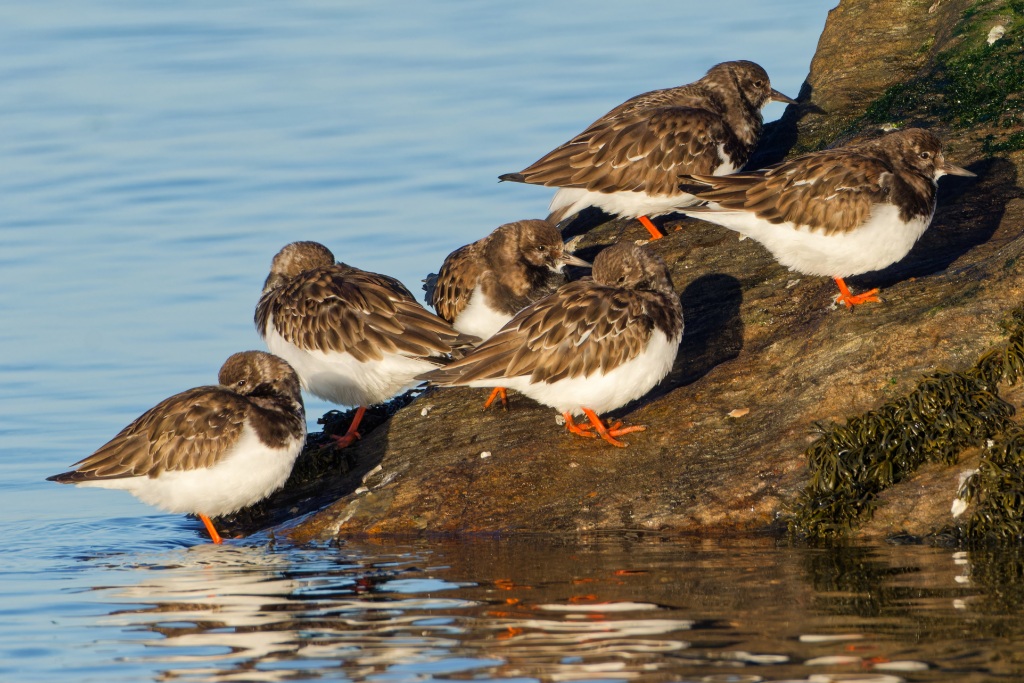
Onward to the Ballast Bank and the town. Some Starlings were grazing along the way; not everyone likes these birds but they are stunning and the morning light showed their iridescence and markings to advantage.
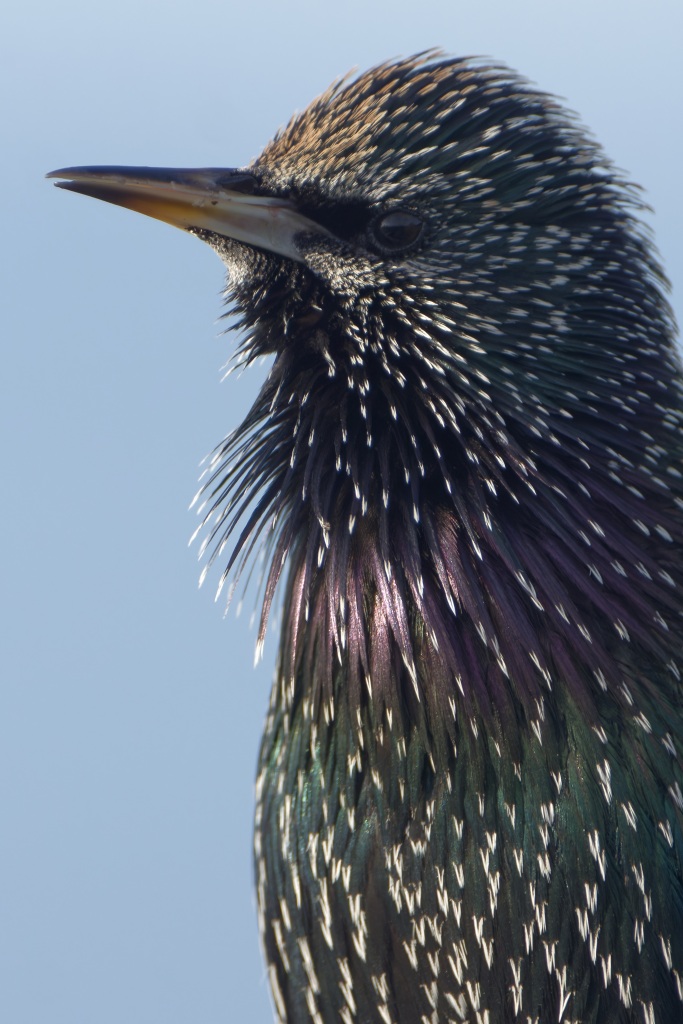
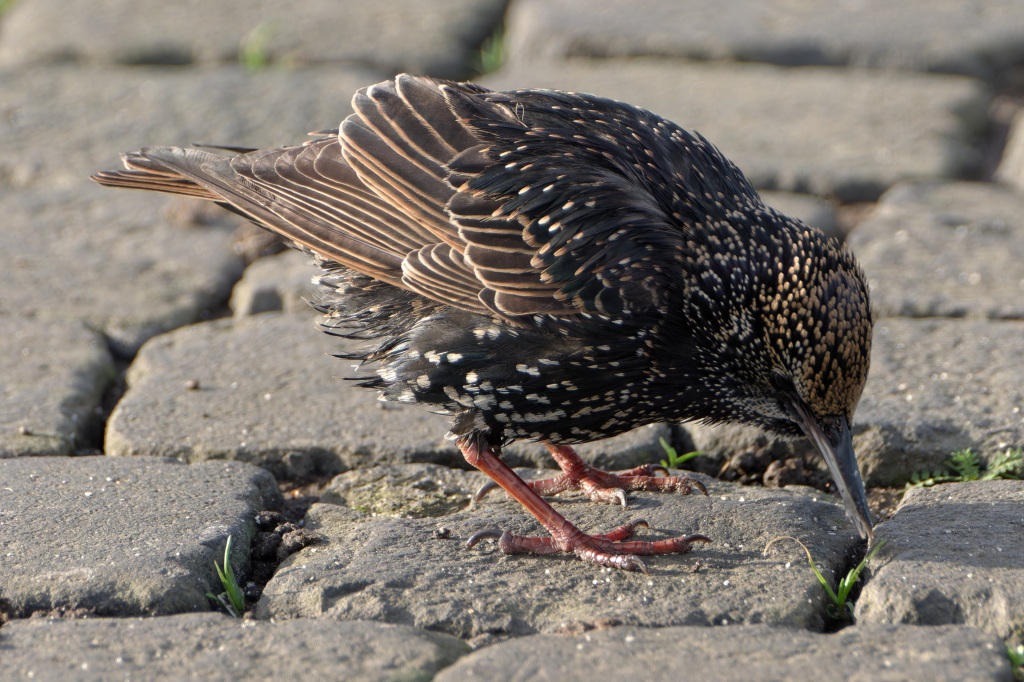
The tide was dropping and the banks of weed just below the old outdoor pool were covered with Dunlin.
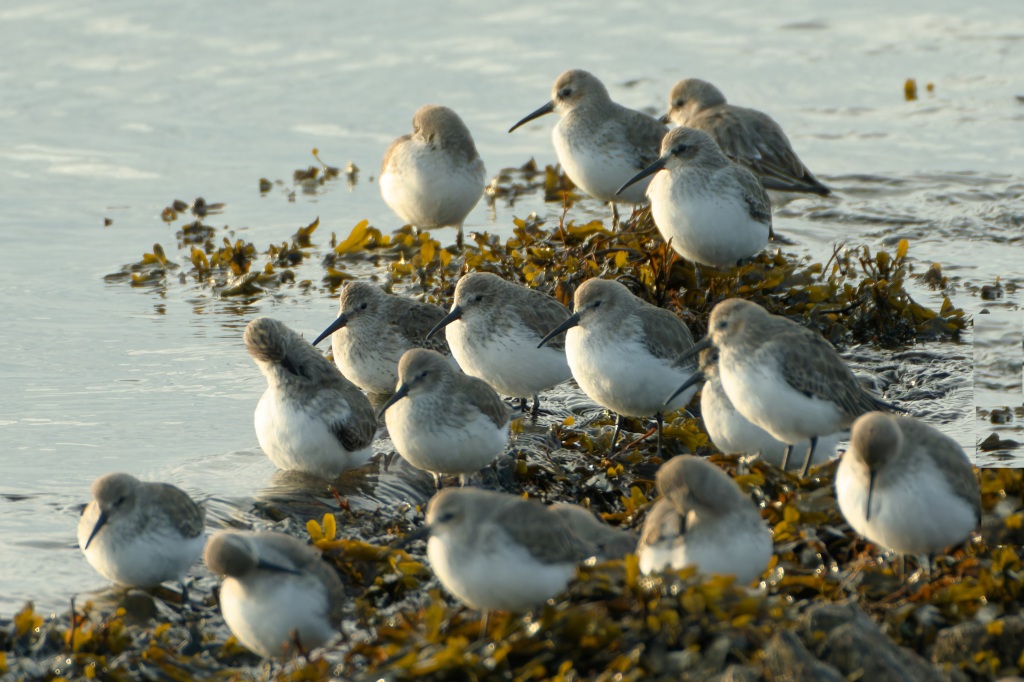
The birds were just starting to move about and find places to forage; some preferred the small pools left behind while others probed the sand. While less frenetic than Sanderlings, foraging Dunlin do seem to exist in states of perpetual motion.

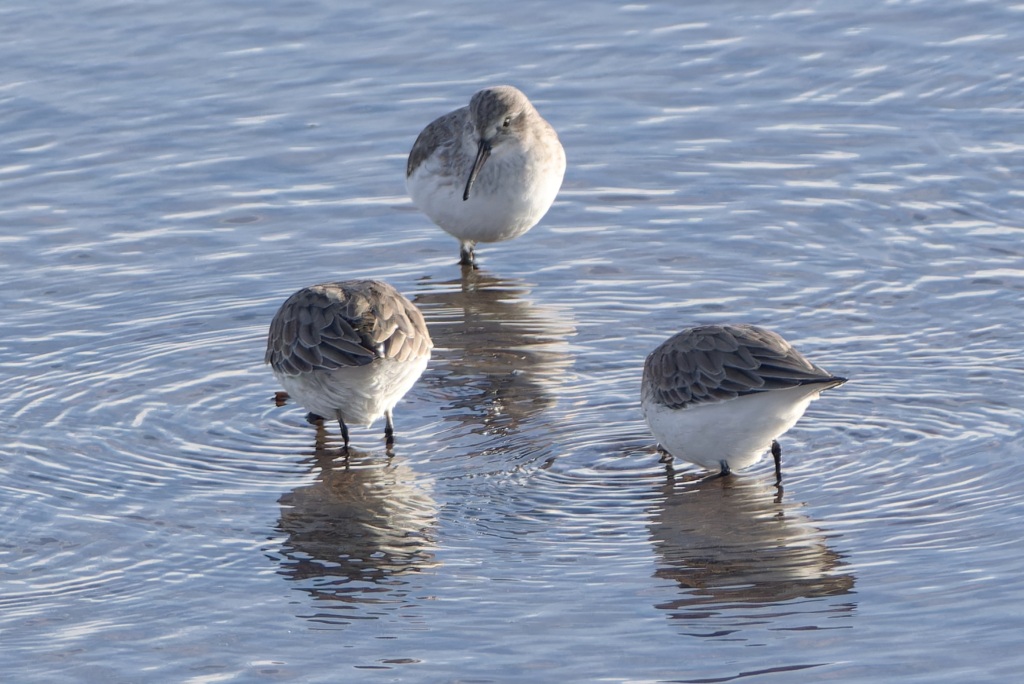
Their diet seems to be well studied; an Icelandic population which over-winters in Africa and uses estuarine sites in Portugal to feed up in transit formed the subject of an open access paper. The authors were able to determine which prey species the Dunlins were consuming; Hediste diversicolor or Ragworm were on the menu, as were juvenile Scrobicularia plana or Peppery furrow shells. The birds also seemed to take species of shrimp. The Supporting Information for the paper contains a series of videos which show the different postures adopted by Dunlin when taking different prey animals. Some of the shells in this pile (the image was taken at the beginning of the day) look like Scrobicularia plana or close relatives.
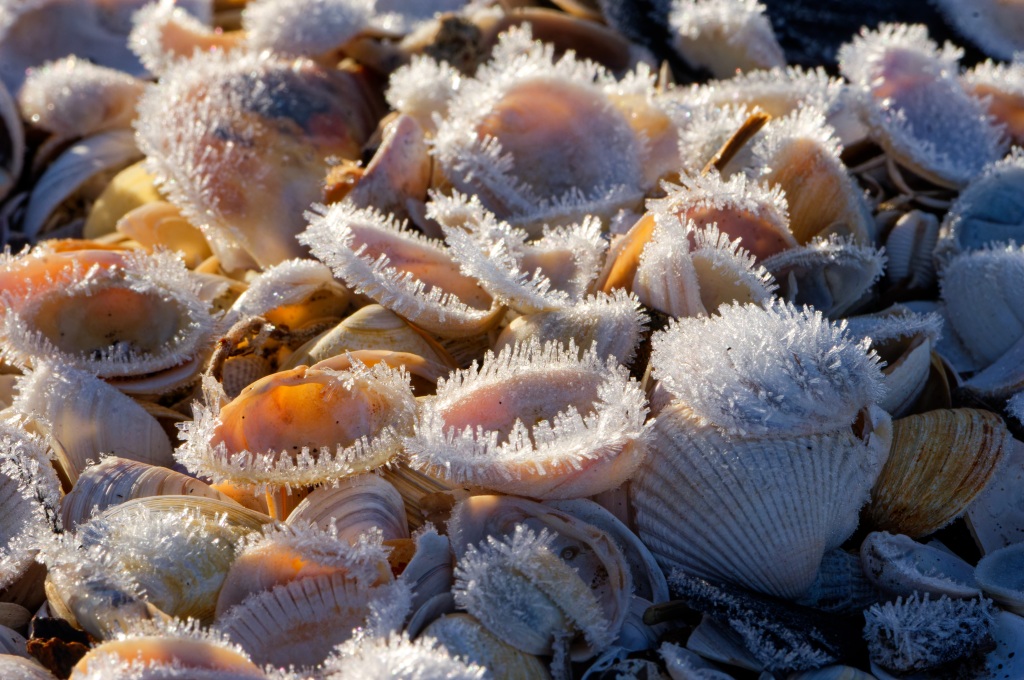
Another group studied populations of birds wintering on a coastal area which featured active salt pans and similar areas which were no longer in use and were being reclaimed by the sea, finding nuanced differences in feeding behaviour depending on the type of site occupied.
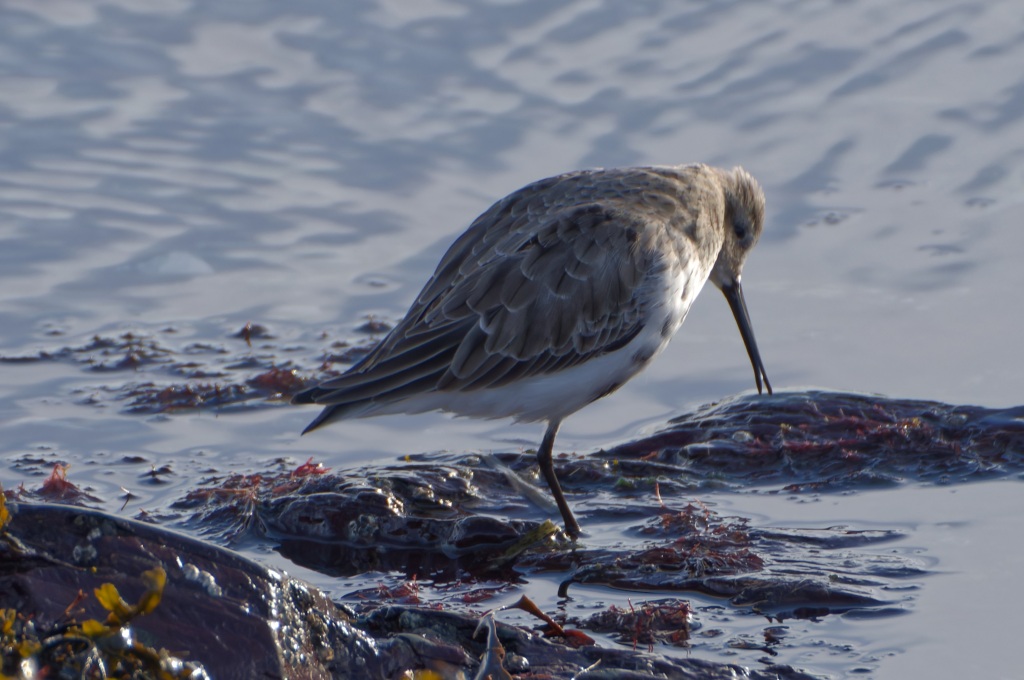
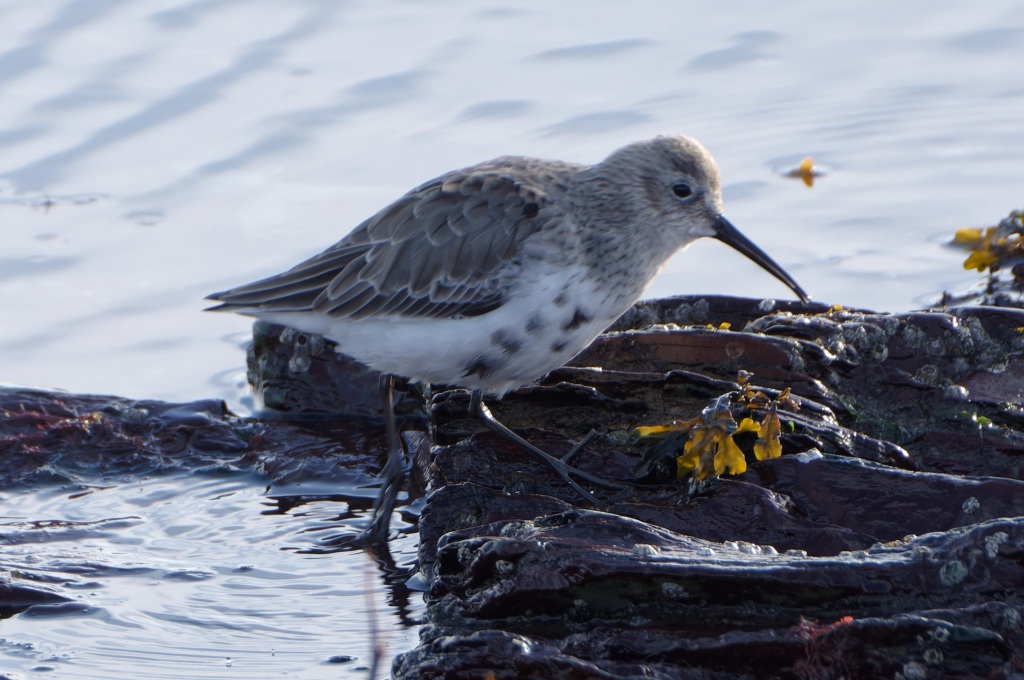
Recent work has described long-term changes in the abundance of benthic foraging birds in restored wetland on the Humber (benthic foraging was discussed in the Sanderling post). Backwoodsman found this really quite interesting. In precis, the abstract explains that in estuaries where intertidal habitat has been created, estuarine sediment builds up rapidly. Its depth or elevation affects the numbers of benthic foraging birds supported. Four waterbird species that colonised the site significantly declined above a certain elevation, with this effect being most pronounced for the Eurasian curlew (Numenius arquata). The number of common shelducks (Tadorna tadorna), dunlins (Calidris alpina), and common redshanks (Tringa totanus) declined significantly after initial peaks 5–7 years after the creation of the site.
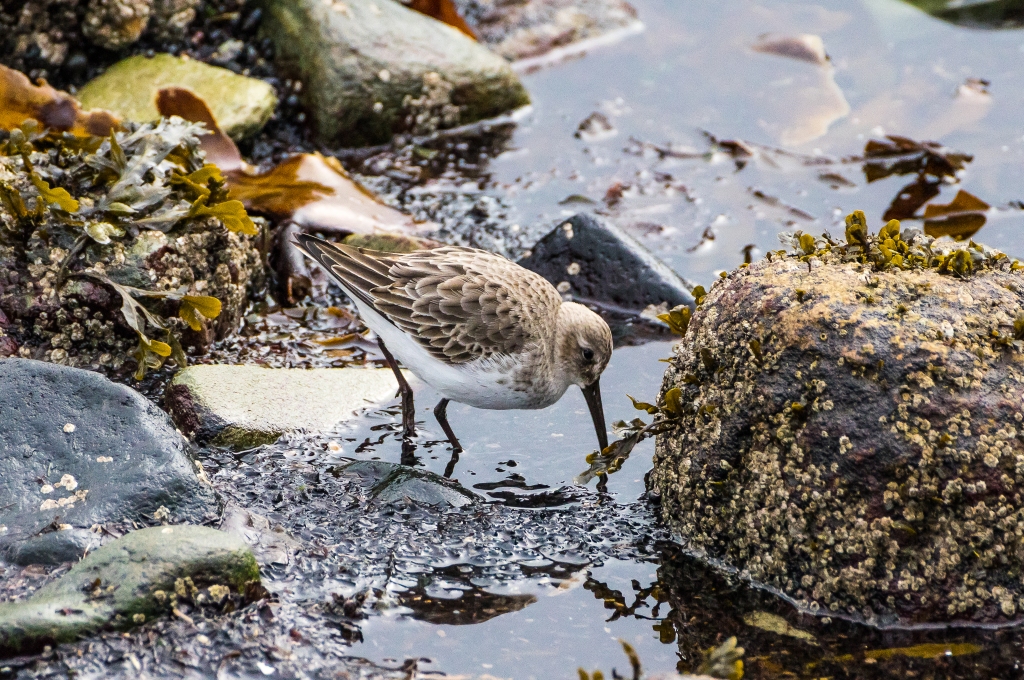
There is clearly some complexity in attempting to create new habitat. Those of you who belong to the WWT may have read about the changing goals of their stewardship at the Caerlaverock site in the most recent (November 2023/February 2024) edition of the Waterlife magazine.
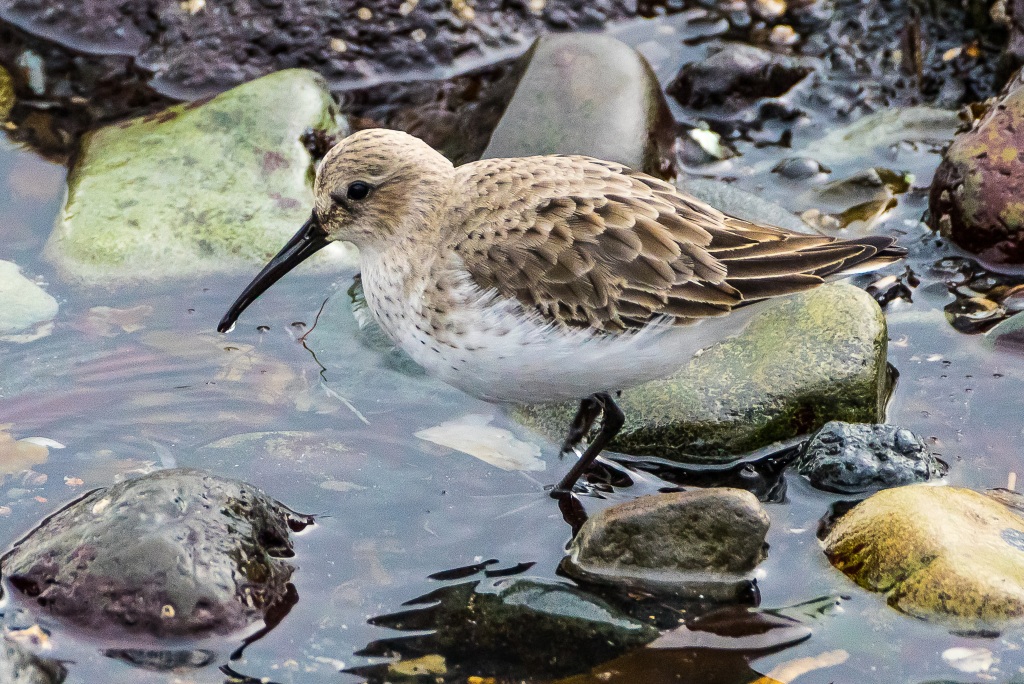
According to the British Trust for Ornithology, “Ringing data show our breeding Dunlin mostly move south to Europe and North Africa in winter; our wintering birds primarily come from eastern Europe and Russia. WeBS counts show that wintering individuals are visiting in decreasing numbers, as climate change means the winter conditions around the Baltic become increasingly less severe.” The breeding population is of the order of ten thousand while the winter numbers approach half a million (Backwoodsman has rounded these numbers).

It is hard to imagine Dunlin covering large distances. They are clearly able fliers of considerable stamina, but in common with other small waders like Sanderlings, their landings are untidy. The first image is of Dunlin (the light was quite strange by this point), the second of Sanderlings from Stevenston Point earlier in November for comparison.
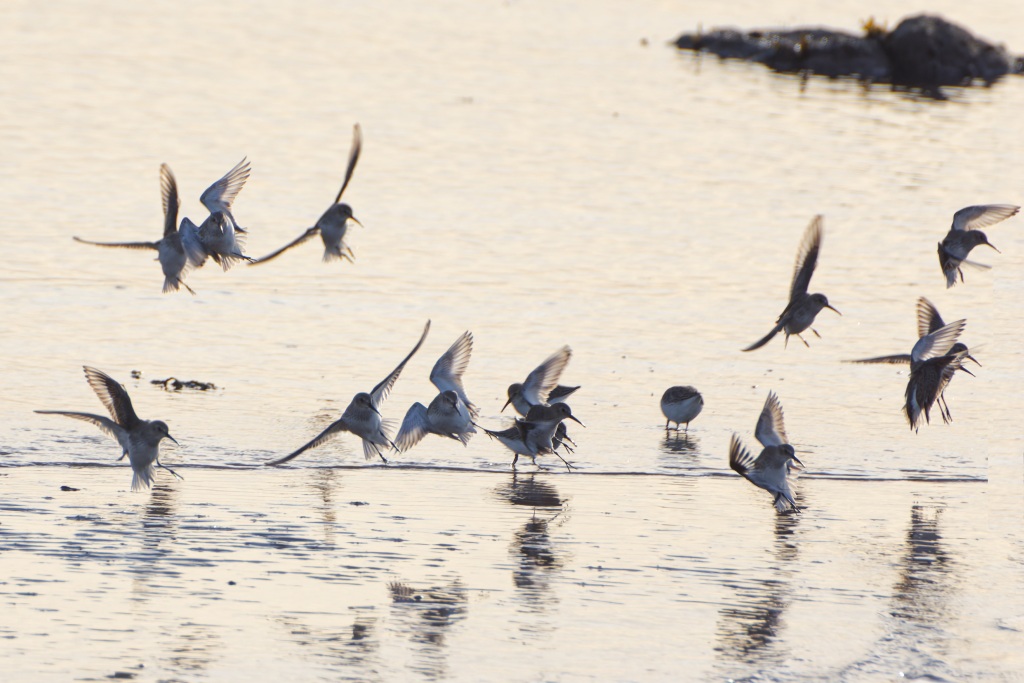
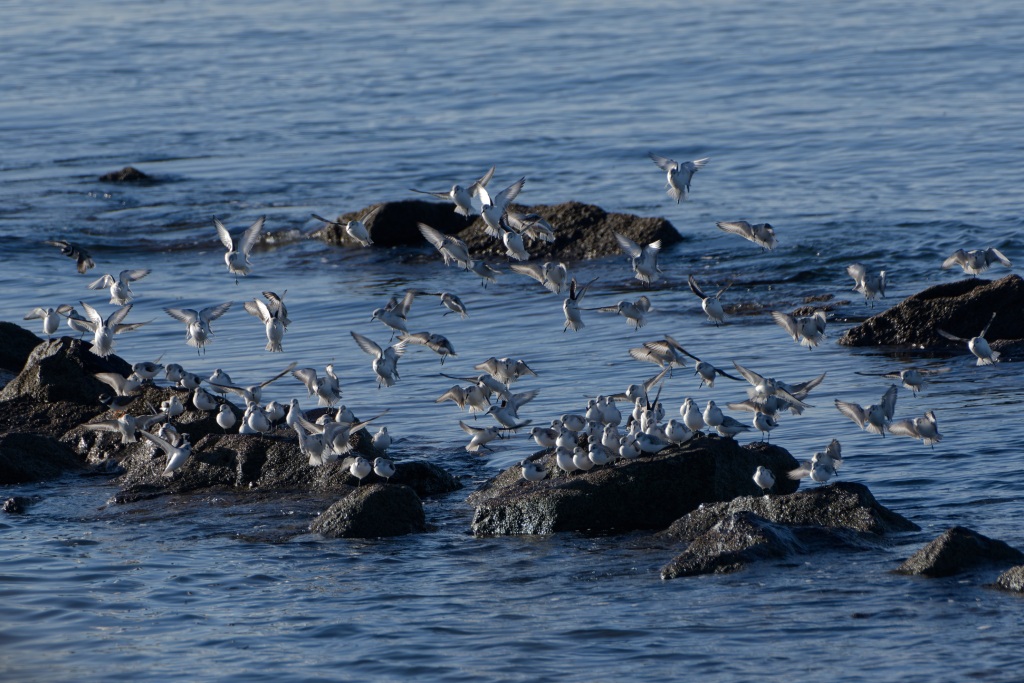
The summer Dunlin sports attractive breeding plumage with the very distinctive black patch on the front of the bird.


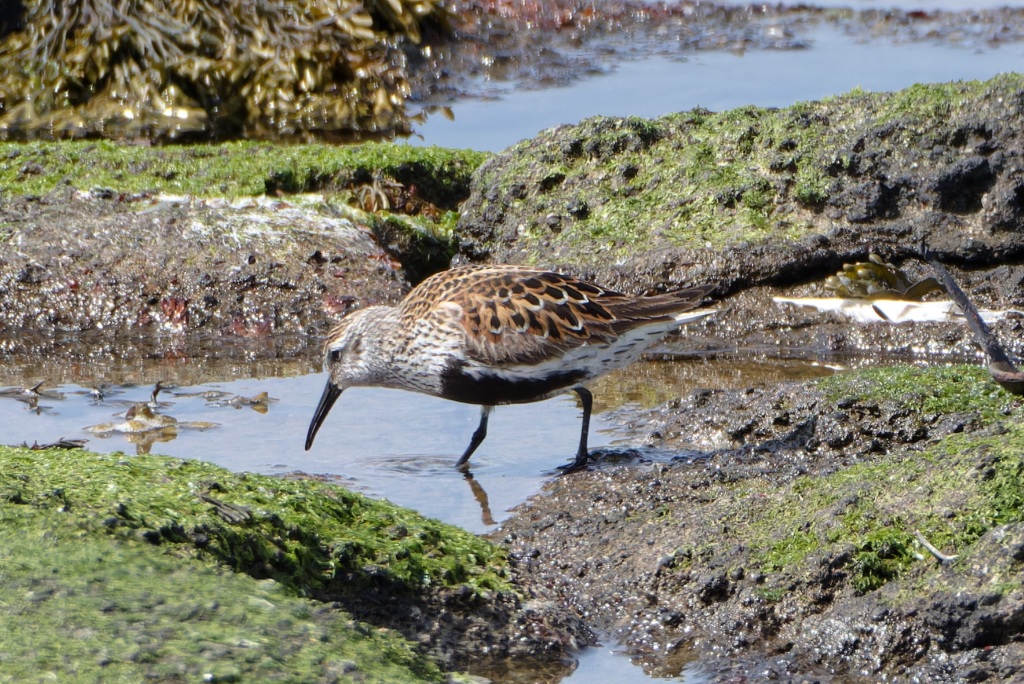
These images were taken at range; Backwoodsman is even now plotting a summer trip to Troon on a (not too) sunny day to see if some better stuff can be had.

